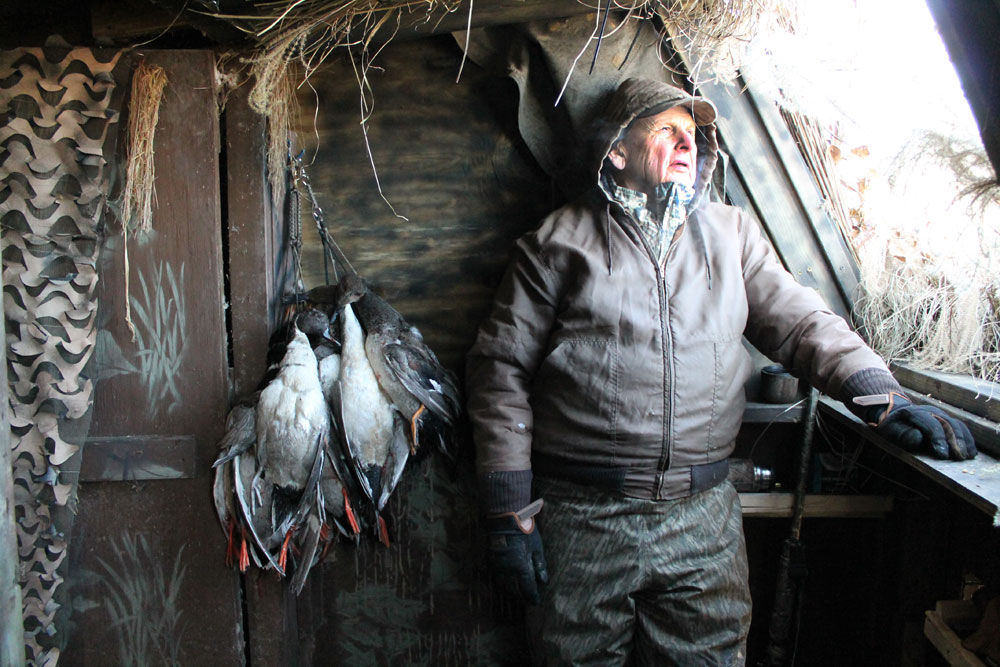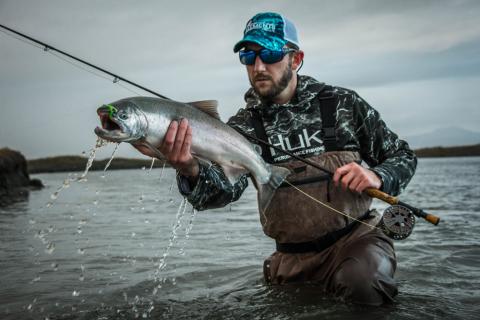provided by John E. Phillips
Richie McKnight, from Dawson Springs, Kentucky, is a travelling duck hunter and has been a Mossy Oak Pro since 2005. You can see his adventures on Traffic Hunters TV on YouTube and go to his Facebook page. “I got really interested in duck hunting when I was fairly young,” McKnight explains. “And, duck hunting just stuck with me like white on rice. I don’t think we killed any ducks when I was young, however, the experience of watching older hunters call and pull the ducks out of the sky totally fascinated me. So, I’ve been duck hunting ever since.”

After Canada, I usually travel to Arkansas and hunt that first season’s split because that season comes in before our season in my home Kentucky. Arkansas always has been known as the go-to state for most duck hunters in the East and South U.S. Arkansas is so close to me. I only live about four hours from the place where I hunt. The closest town to my duck hole is probably Augusta, Arkansas. I’ve got my own lease in Arkansas with a lot of smartweed and willow trees that are flooded in the fall. Also some buck brush is mixed in with the smartweed, making this area have a natural duck feel to it.
We flood this hole every fall, and unlike many other duck holes, we don’t plant any crops in it. I want this spot to be a little different and not look like a flooded rice, corn or bean field – the other ones the ducks see all the way down the flyway. Where I hunt in Arkansas, there are numerous flooded-crop fields where ducks get shot at day in and day out. I think the ducks look for more resting areas and places where they can feed that’s not the typical-looking duck hole. Instead of a feeding area, I want this spot to look like a resting spot.
Our duck hole is only 120 acres. We build our own treated wood, permanent blinds, and I’ll only put out three to four dozen decoys. The holes we hunt in the buck brush and the smartweed aren’t large enough for more than four or five dozen decoys. I don’t use any of the traditional decoy patterns that some other hunters do, I’ll just put half of my decoys on the side of my blind and the other half on the right side of my blind and leave a hole in the middle where the ducks can land. I mainly use mallard decoys, but toward the end of the season, I paint several of my decoys solid black. I think the ducks see the black decoys much better than they do the natural decoys. Often, the decoys you buy blend in well with the surroundings, but I like to add in these black decoys that I paint. Then the high-flying ducks can spot those black decoys at further distances.






























